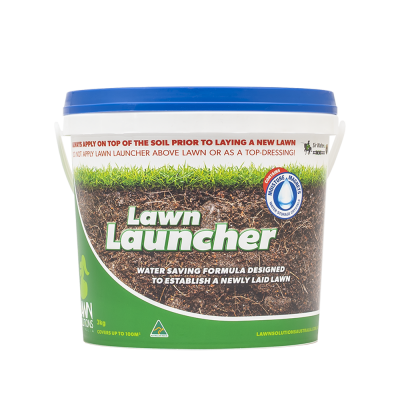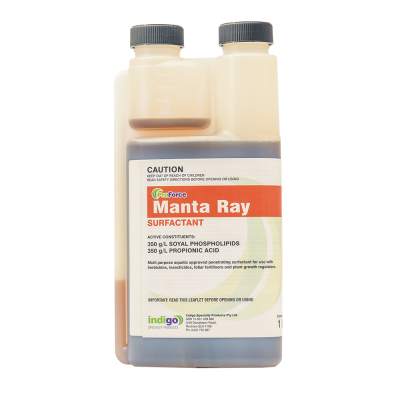Drought conditions are impacting a lot of areas at the moment and being environmentally responsible with water use is more important than ever. At the same time, many of us would also like to install or maintain a beautiful green lawn. Fortunately, it is only in the most severe of conditions, over a considerable amount of time, that your lawn could suffer to the point where it would completely die off due to lack of water.
Warm season turfgrass species commonly used in Australia need very little water to survive and are very hardy.
How long can my lawn survive without water?
Despite grass being generally soft and delicate, it’s actually very resilient. Most common lawn types in Australia can survive extended periods of drought. They will lose colour, become brown and dry, with little to no leaf growth, but they will generally sit dormant until the next rain or irrigation event.
In summer when temperatures are really high, grasses will enter a state of dormancy where they shut down tissue growth to preserve moisture loss. You can usually tell if a lawn is dormant rather than dead by looking at the crown at the base of the leaves. If the crown is white to off white, it is likely that it is still alive. A dead lawn will be dry, brown and brittle across the entire plant – the leaves, the roots and the crown.
The point where turf grass really starts to suffer and wilt, is referred to as its permanent wilting point (PWP).
As the soil becomes drier, plant roots need to work harder to extract water. Eventually the plant is unable to extract any further water from the soil – its PWP. Turf grasses with some level of drought tolerance will not die when the turf plant reaches its permanent wilting point. Many grasses can stay in dormancy for 3-4 weeks without beginning to deteriorate to the point of plant death. When the prolonged period without rain ends, the turf is able to regenerate from rhizomes and stolons.
To prevent the death of your grass you will eventually need to provide the moisture that it desperately needs. This, however, is difficult when your area is suffering an extended period of drought and has strict water restrictions in place that you need to adhere to. But there are still ways you can help your lawn.
What can I do to help my lawn survive a drought?
- Remove thatch – Removing dead material from the lawn profile will help the living plant to absorb all the available moisture.
- Aeration – Improving the ability for water to penetrate to the roots will be important to take best advantage of water when it is available, but also to improve moisture in the soil where it is needed during the next dry spell.
- Stay off the lawn – Your grass is already having a hard time and the drier it is, the more it is likely to be damaged and not be able to recover from foot traffic or additional wear.
- Effective watering – When you can water, do so for longer, less frequently. Encourage deeper roots that can delve deeper into the soil to find moisture. This will allow your lawn to stay hydrated for longer, even if there has been an extended period without rain.
How much water does grass need?
Water is fundamental for grass to transport nutrients, maintain cell structure and for it to create its own food through the process of photosynthesis.
For the most part, this water requirement will be met through rainfall or soil moisture storage. This available moisture is lost over time through the leaf of the grass. If the roots cannot maintain this level of moisture to the leaf, the leaves will close their stomata. Stomata are cells that form the pores of the leaf surface. When the stomata are closed, there will be limited growth due to its inability to take in carbon dioxide.
During water restrictions that were in place in the Sydney area during 2003-2009, public areas, sports fields and the like were able to survive on very limited rain without additional irrigation. Areas with deep loam soils performed best, with the grass able to rely on water reserves stored within the soil.
When should I irrigate?
The simple answer is – when your lawn needs it. It is important that you only irrigate your lawn when there is not enough rainfall to meet the needs of your lawn. When you do water, do so within the rules outlined by local water restrictions.
Turf researchers are continually testing new strains of grass for superior traits that are critical for a sustainable environment. Drought tolerance is one of the most important factors for Australian turf growers. With new, improved, more drought-tolerant varieties becoming available that are much better equipped to handle these prolonged periods without rain.
Lawn Solutions R&D programs have a strong focus on bringing lawn to Australian consumers that not only look great but use much less water than older varieties and once established will need little to no water to stay alive.
New turf varieties such as TifTuf Hybrid Bermuda (couch), have been selected and released to the market because of it’s superior drought tolerance.
For more information on the best turf varieties to suit your local conditions, you can contact Lawn Solutions Australia directly here.



